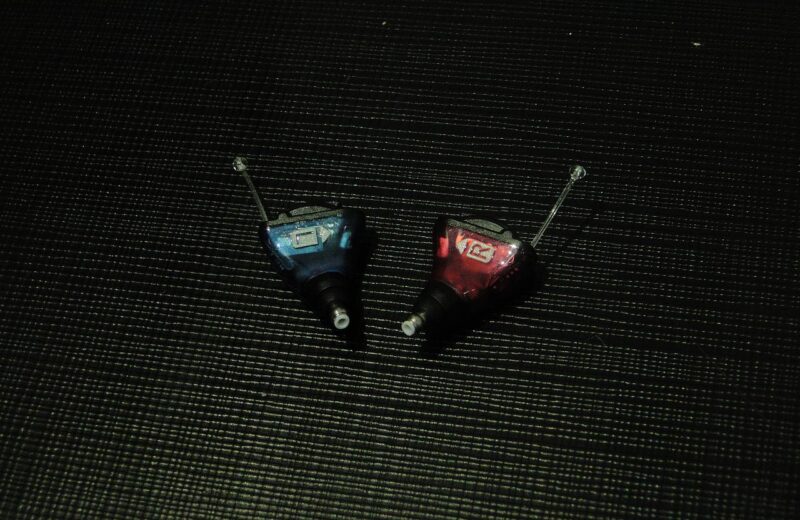While summertime can be a great relief for many looking forward to outdoor activities, however, the summertime can be hard on hearing aids. Going quickly from outdoor heat to indoor air conditioning can cause all sorts of issues with hearing aid devices. This article explores the problems that can arise with hearing aids and what you can do to help keep your devices working all summer long. Keep on reading to check out our summertime hearing aid care tips.
Summertime Hearing Aid Care Tips
Moisture and Exposure to Water
The electronics inside modern hearing aids are susceptible to any exposure to moisture, no matter how minute. Many summertime activities are directly or indirectly involved with moisture of some kind. From swimming and boating activities to sweat from working out or being in the heat, getting water into your hearing aids can clog openings or corrode vital components. The most popular method for beating the summer heat is, without a doubt, air conditioning. In fact, the arrival of AC also marks the beginning of the modern world. However, as much as it can be a relief to go from scorching hot to a reasonable temperature too quickly can cause the humidity in the air condenses into droplets inside a hot device, or vice versa, taking cold devices into the hot outside.
Tips
#1. Leave them in their case if you’re planning on swimming, boating, or going to the beach.
#2. Make sure to let them air out overnight, open the battery door and take the batteries out unless you have a rechargeable device.
#3. Invest in a hearing aid dehumidifier to help dry your device, just in case it is exposed to water.
Sand, Dirt, and Debris
Along with water, the outdoors is full of dirt and debris. Sand might be great for beaches and sandcastles, but it can wreak havoc on hearing aid devices. Tiny particles of sand and dirt can work their way into the delicate openings and crevices on hearing aid devices, causing them to malfunction.
Tips
#1. Always wipe down and clean your hearing aids daily. Use a soft dry cloth to remove any dirt or excess moisture outside the device. Many hearing aid makers also offer cleaning kits designed for their devices.
#2. Many newer devices also have filter options that help protect the devices opening from issues associated with the weather, like rain and debris carried by the wind.
#3. Invest in a protective sleeve or shell that can not only offer protection from debris but moisture as well.





